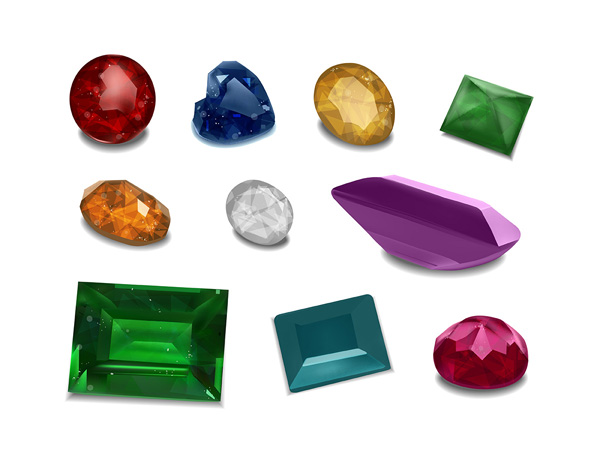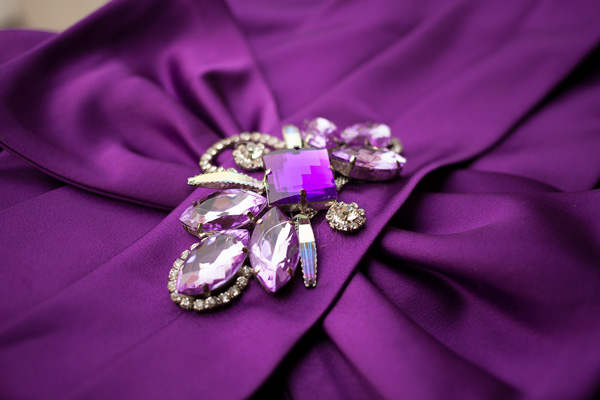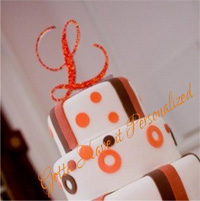
To the untrained eye, a rhinestone is just a rhinestone…right? Believe it or not, the type of rhinestone you purchase comes with many options, just like diamonds. Of course a major benefit of rhinestones is you get all that bling at a mere fraction of the cost of an actual diamond, but it still helps to know what you are looking for.
The origin of the name rhinestone actually comes from a type of crystal that was found near the Rhine River. These stones became precious and expensive since there were only a very limited amount available and only in this specific location. As a result, a jeweler by the name of George Friedrich Strass found a way to create similar-looking crystals on 1775 using glass and metal power. Today, rhinestones continue to grow in popularity and are used to decorate everything from home décor to cell phone cases.
So what’s the difference between rhinestones and European crystals?
The European crystal was created in 1892 by the Austrian jeweler Daniel European. He created a glass cutting machine that would revolutionize the rhinestone world. This machine cut faceted glass in such a way that the sparkle and shine were unrivaled by anything else in that era. The traditional hand-cut crystal pieces made by other jewelers couldn’t compare to the brilliance of his new glass cutting machine.
To the untrained eye, it may be difficult at first to see the difference between rhinestones and European crystals, but here are a few things that will separate a rhinestone from European simply by conducting a quick inspection:
• Because of the precision cutting, European crystal facets meet at a single point. Rhinestones will have uneven or less than perfect points.
• Typically European crystals are not strung together when sold with the exception of European peals.
• European crystals will not have swirling marks or scratches. They are cut with such precision that they will have a uniform surface luster.
• There will be no bubbles or imperfections when you look in to the center of the crystal.
• When looking at a rhinestone and a European crystal side-by-side, the crystal will clearly outshine and reflect a more brilliant sparkle than the rhinestone.
While you can certainly find jewelry made of rhinestones, European crystals are typically the more desirable pendants and accent pieces you will find in rings, earrings, necklaces and bracelets. While you can buy them directly from a jeweler, many people prefer to purchase the pendants and make their own pieces. Nothing is better than a sparkly statement piece that you made yourself.

Additionally, you will often see other projects which suggest European crystals, rather than rhinestones, in the material list. Home decorators create a variety of beautiful projects with these gorgeous crystals. From lampshades to candlesticks, the addition of European provides that extra sparkle and shine, especially when the light hits it.
Your best bet when buying European crystals is to make sure you are buying them from a reputable jeweler or website. If you would like to see the difference between the rhinestones and crystals, do a comparison yourself. Hold the two side by side and you will see the difference for yourself! The European shine simply cannot be rivaled by any other rhinestones.


